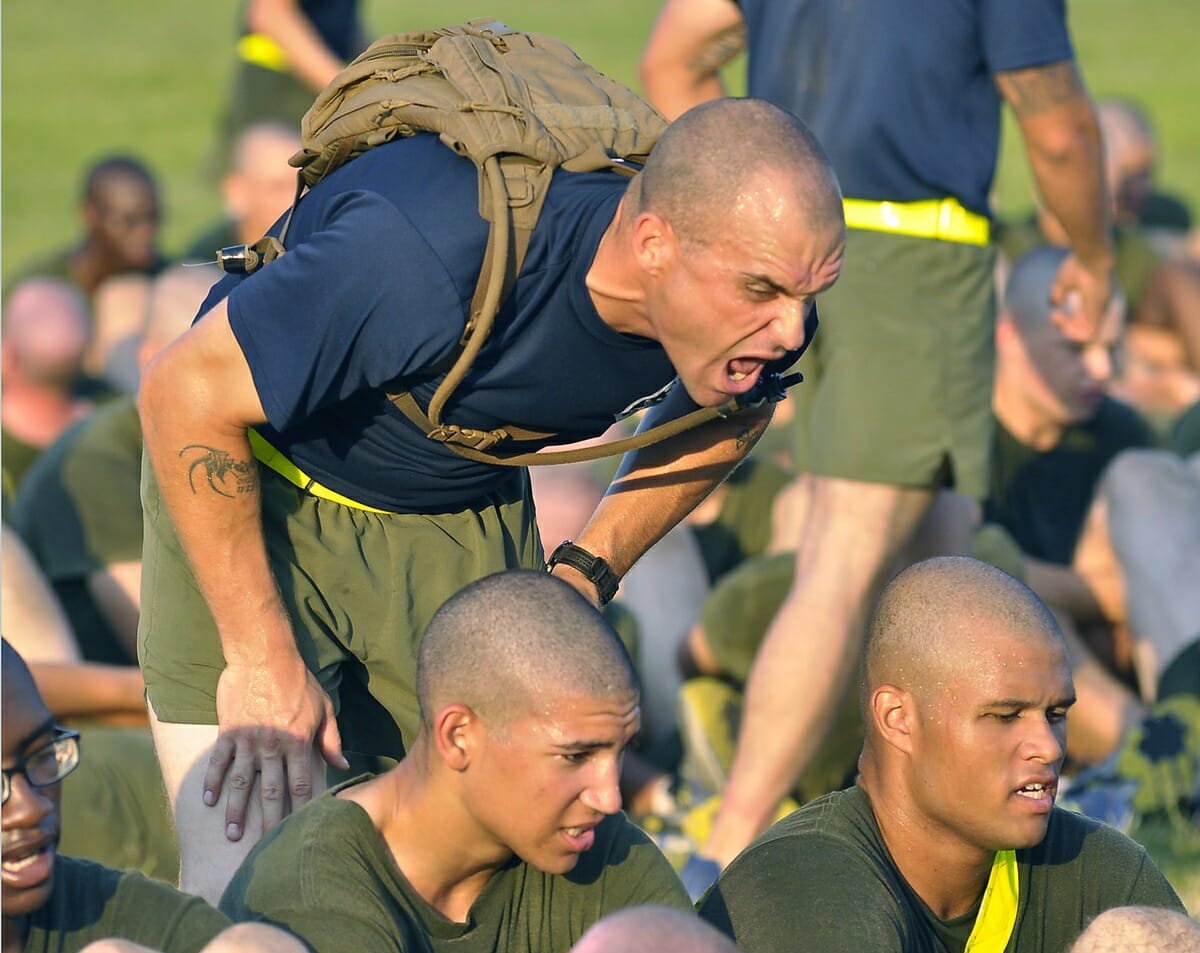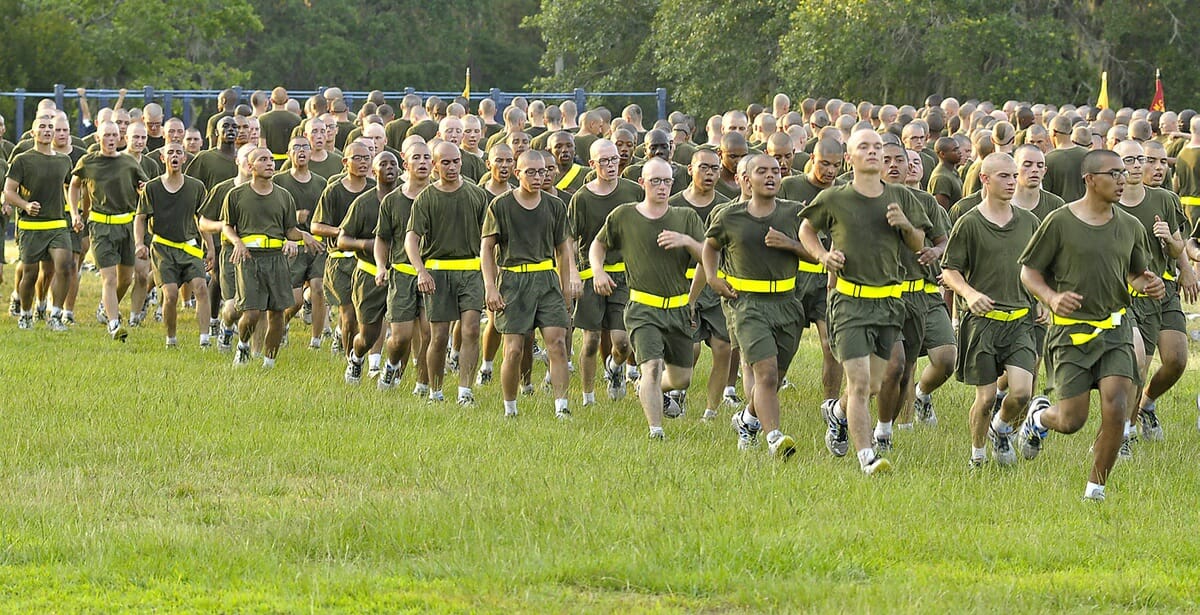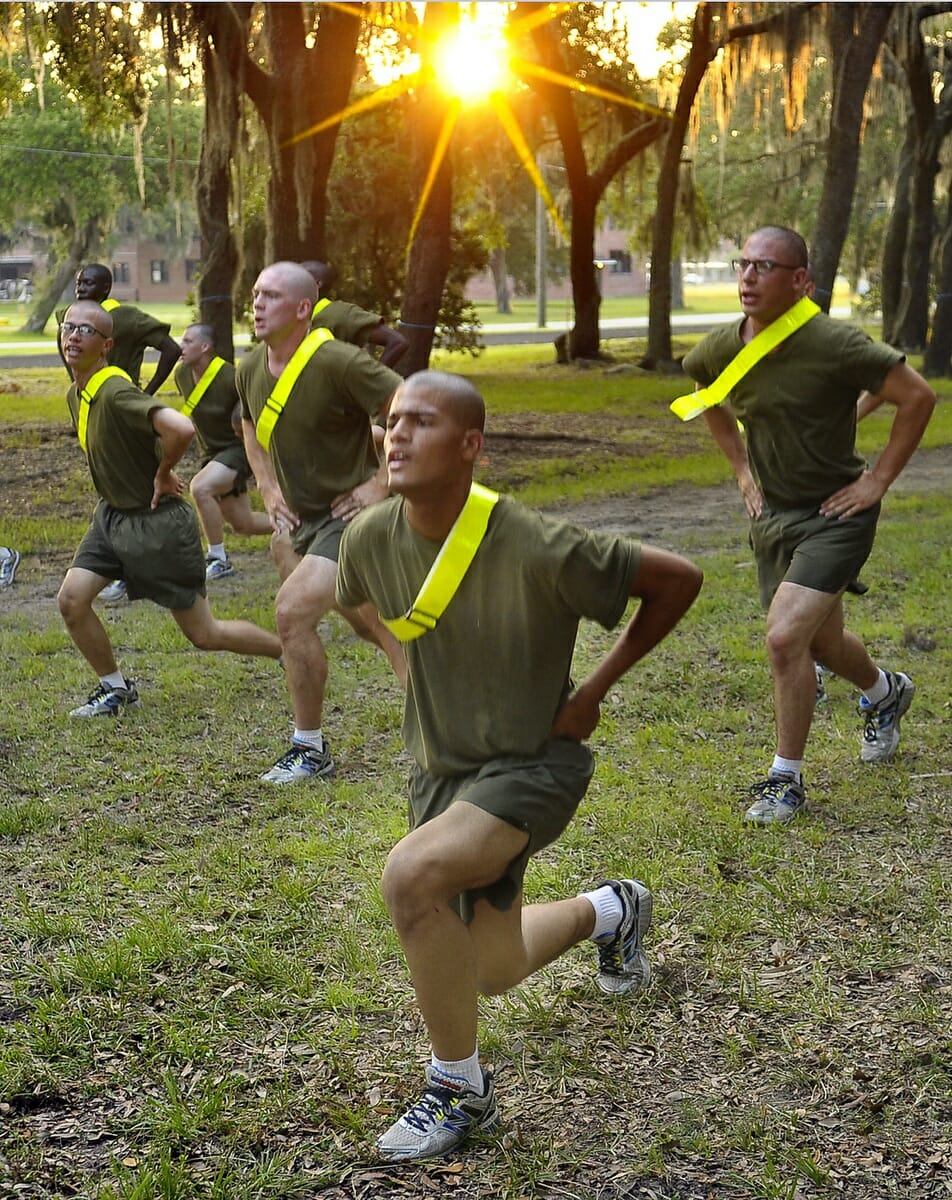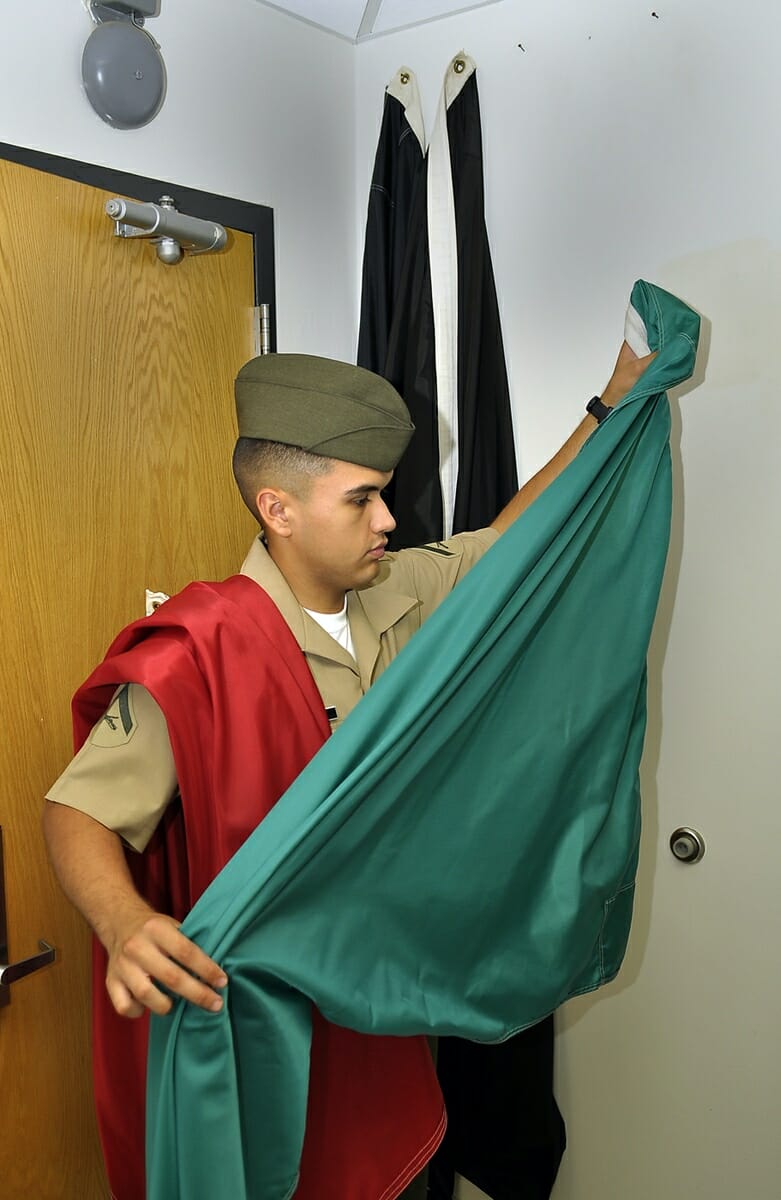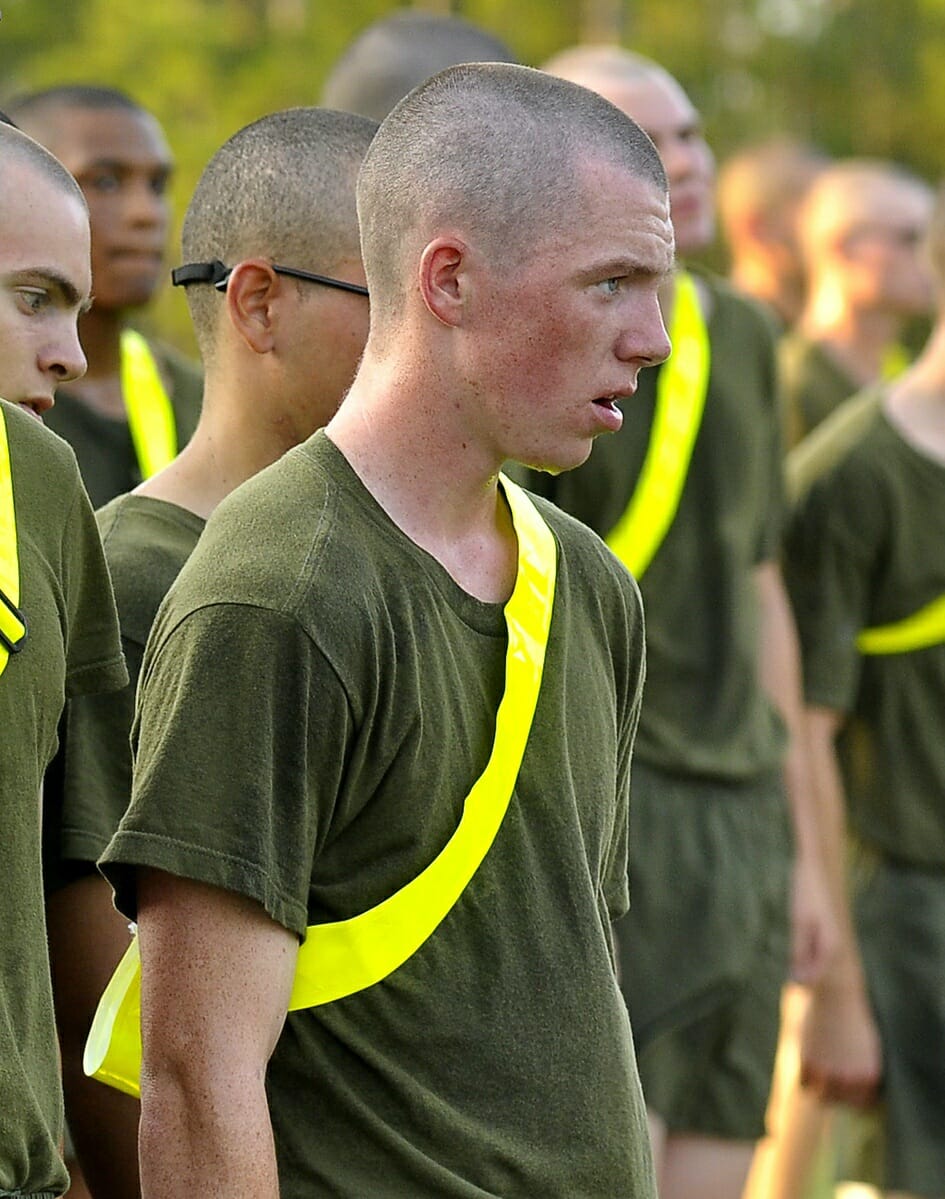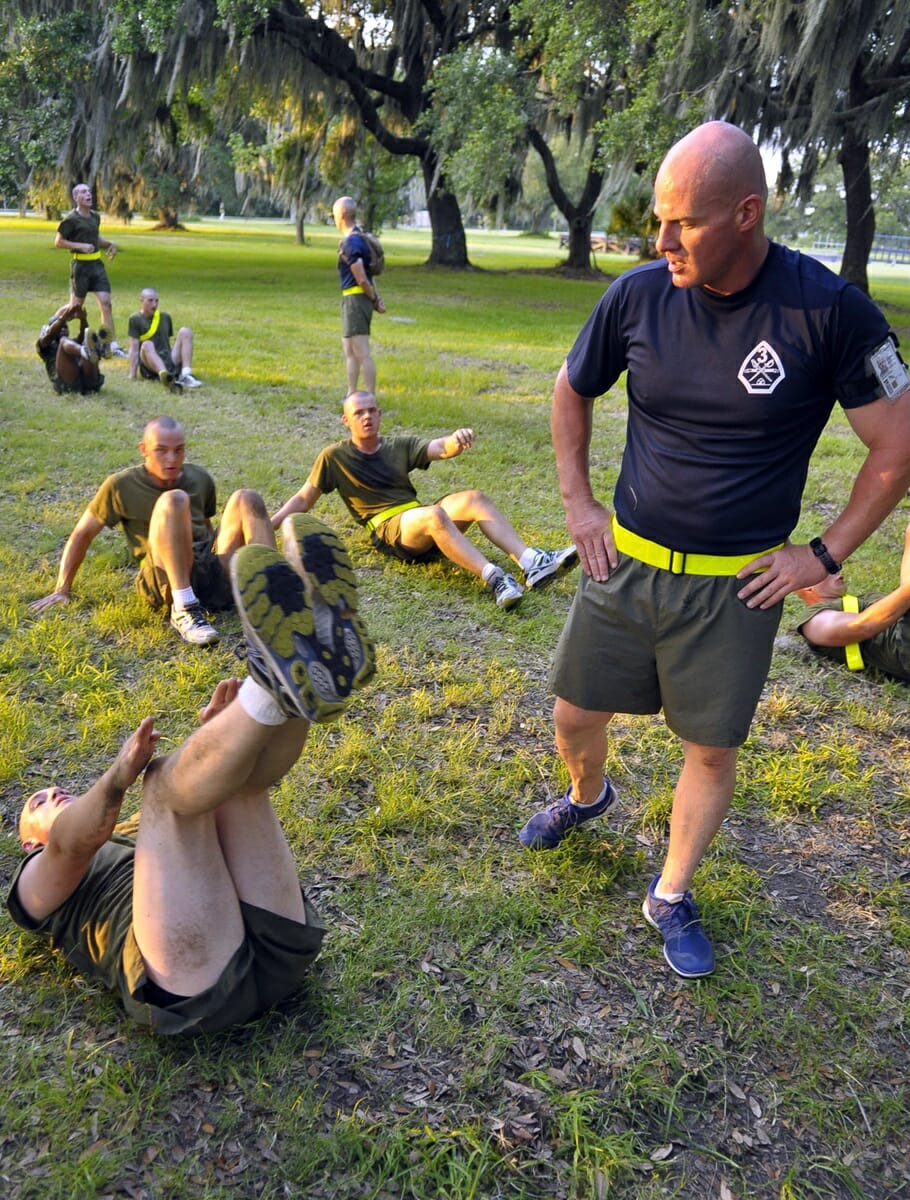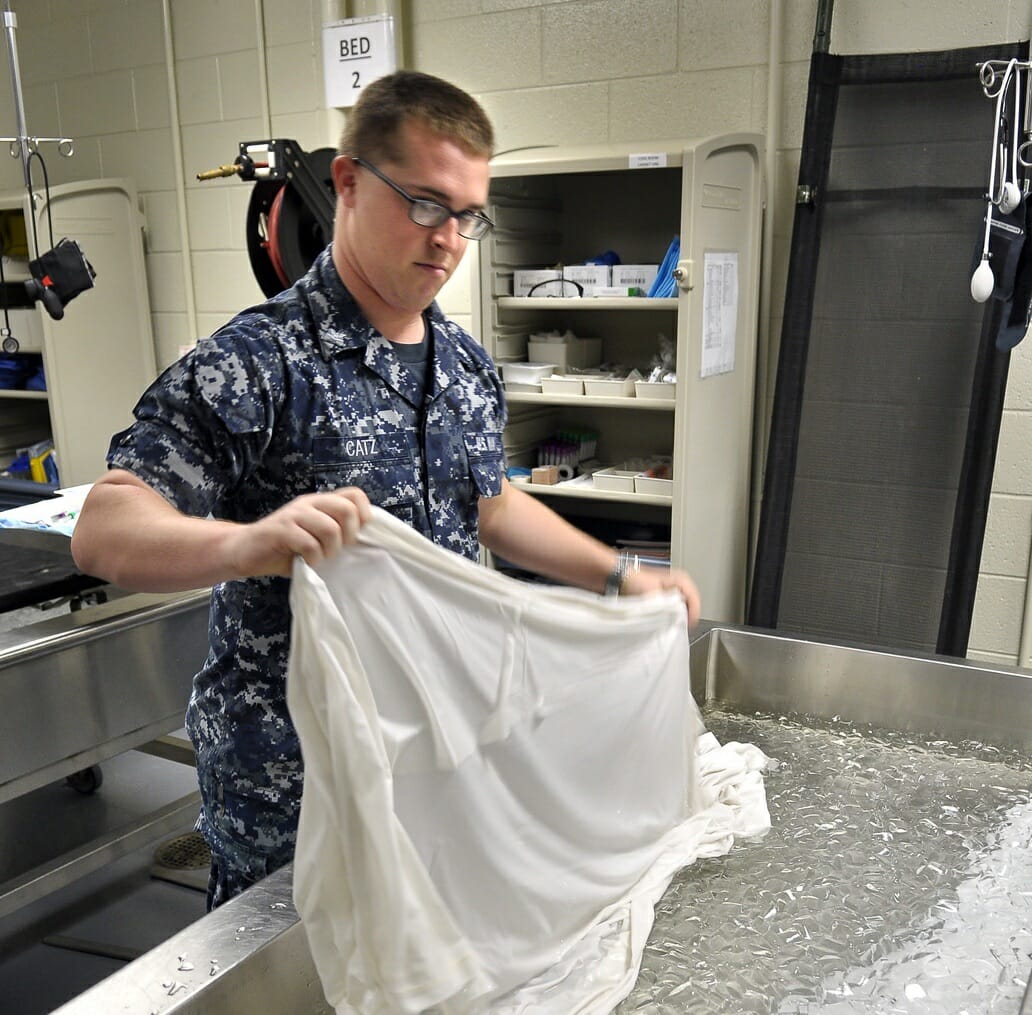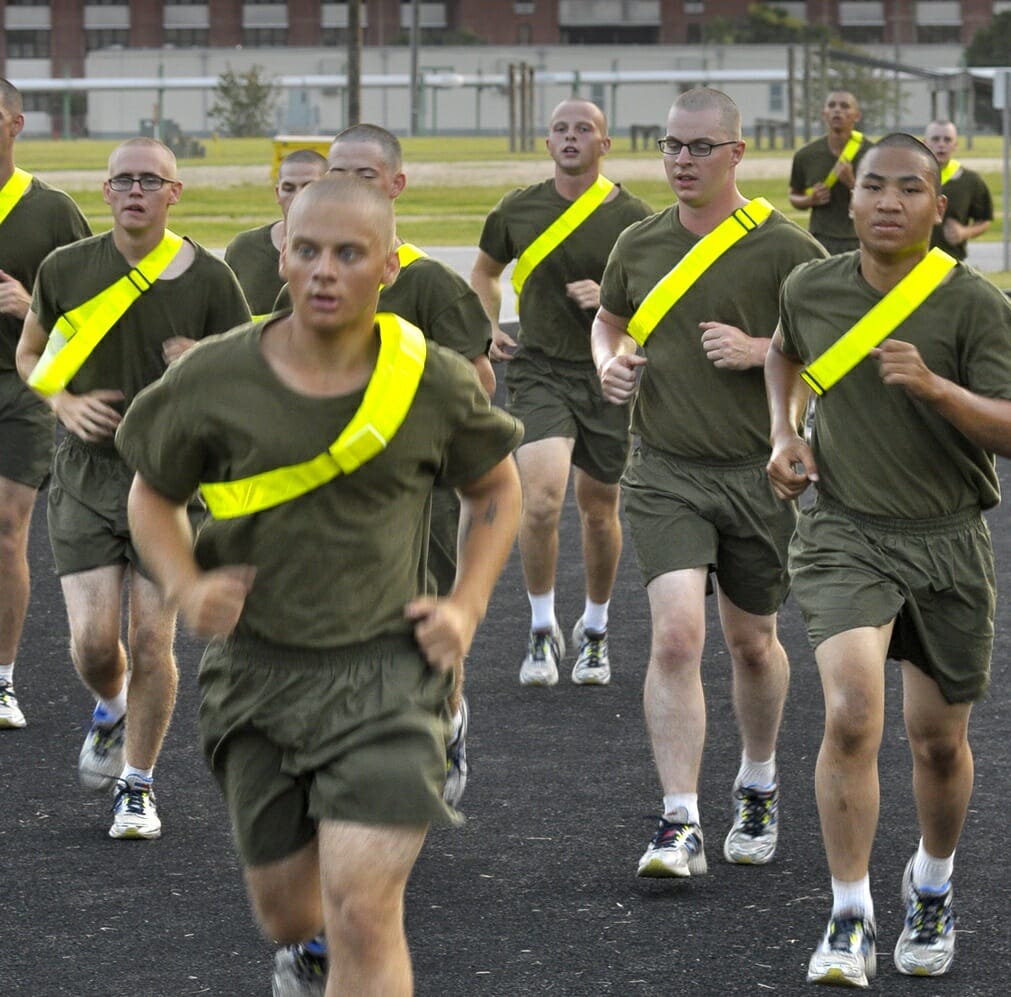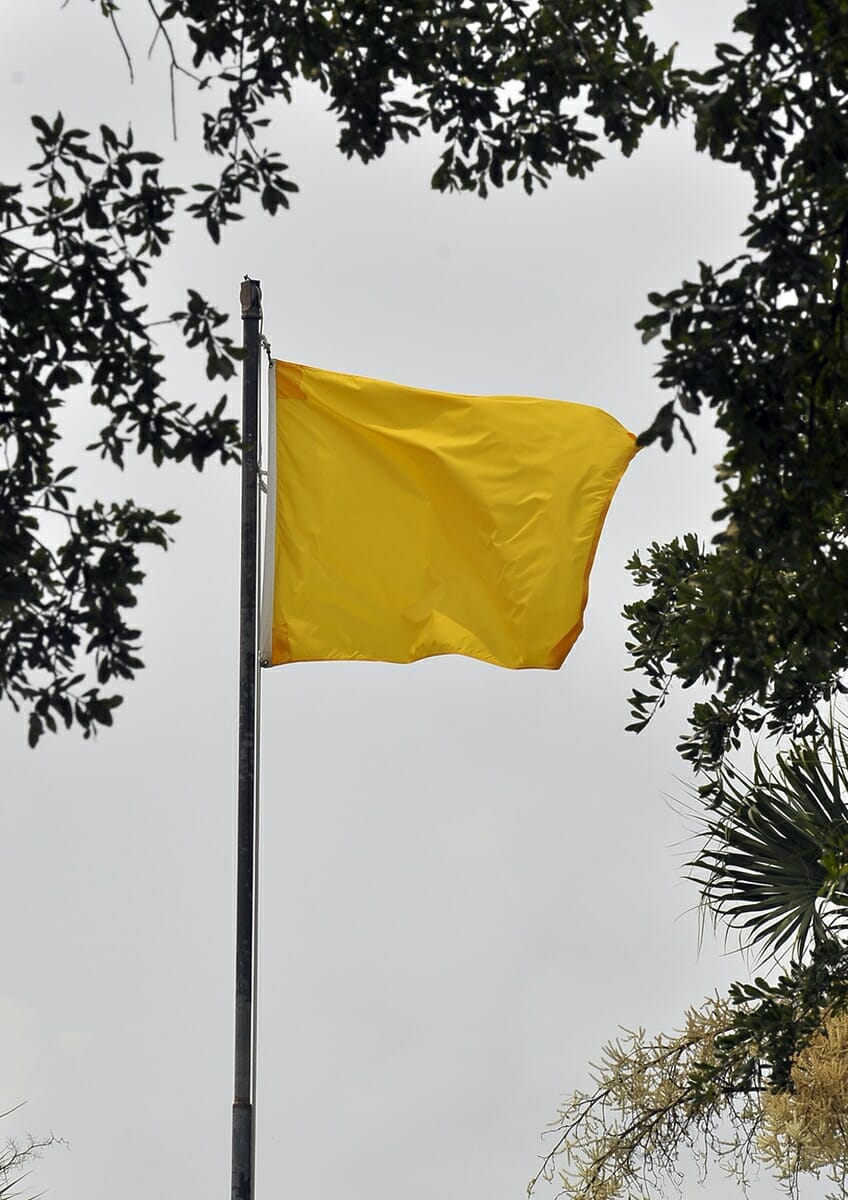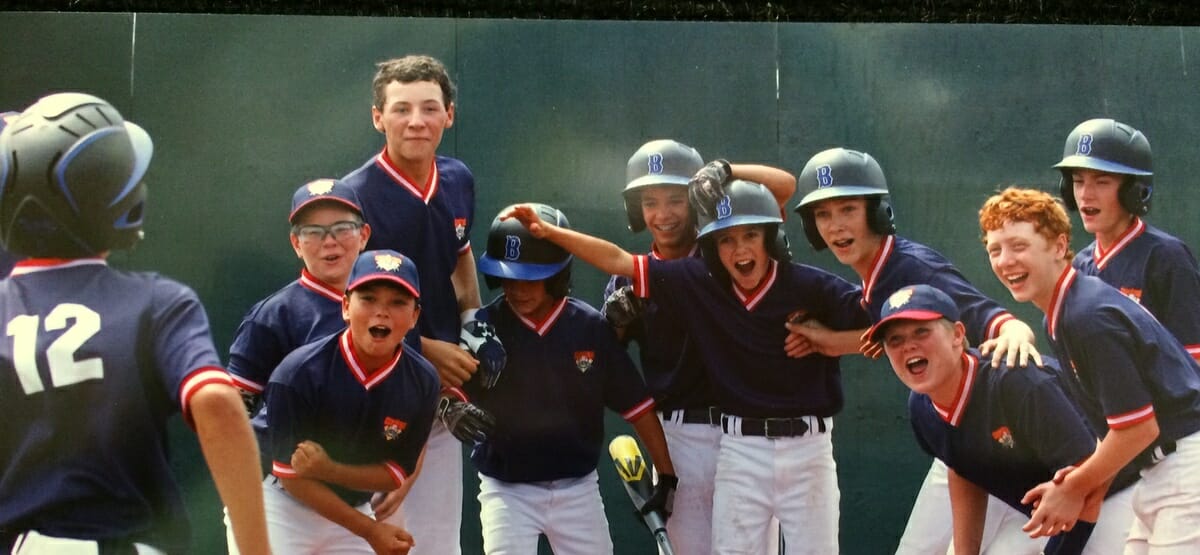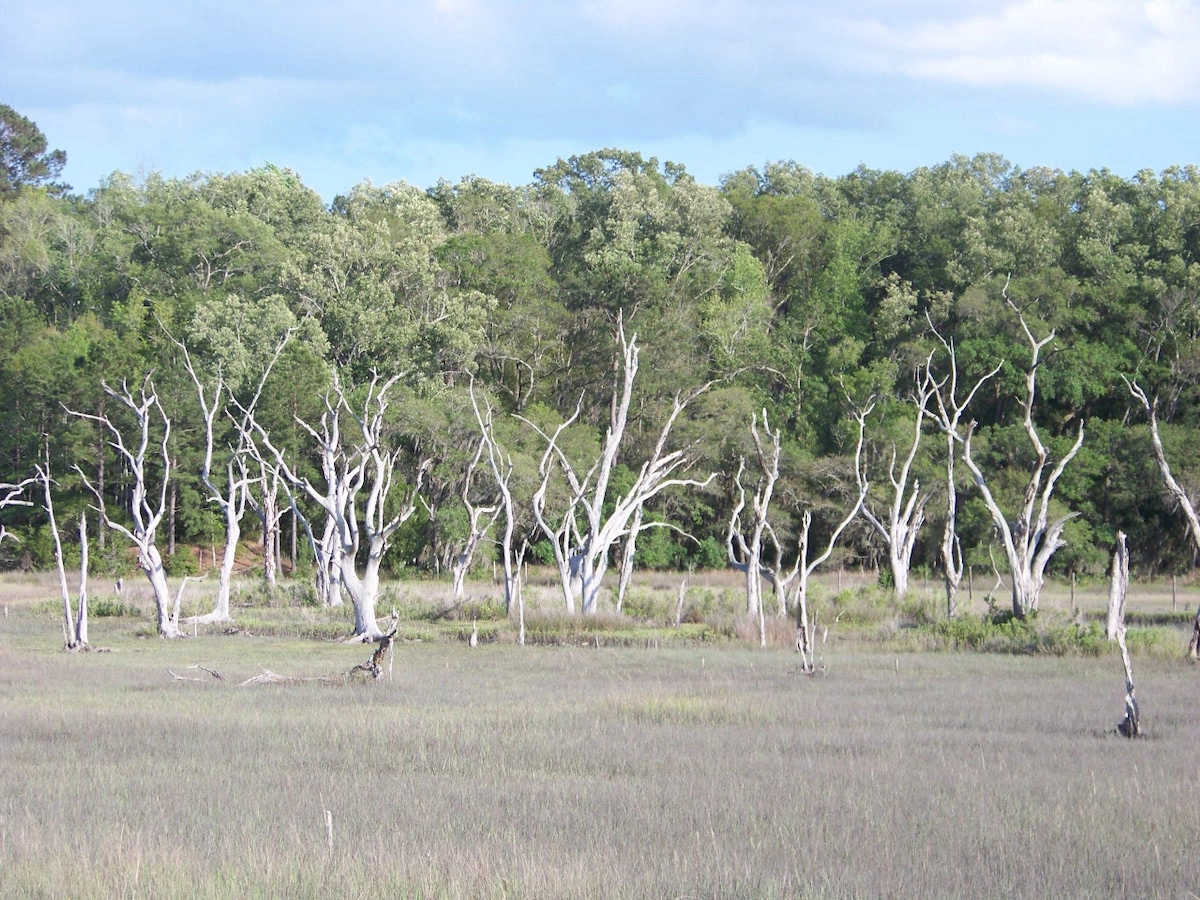Photo above: Sgt. John Kornegay, drill instructor with the Third Recruit Training Battalion, wears a CamelBak water bladder on his back for immediate hydration if a recruit needs it. Photo by Bob Sofaly.
By Bob Sofaly
It’s 0630 on a typical hot, muggy morning and the recruits of India Company, Third Recruit Training Battalion at Parris Island Marine Recruit Depot are already running and doing other physical training on their way to becoming Marines.
But it’s mid-June. The heat and humidity of the Lowcountry is already extremely high and extra care has to be taken to ensure these recruits don’t fall victim to heat related problems or dehydration. A “red flag” day means it’s too hot for outdoor training. “Yellow flags” indicate it’s getting warm and be cautious. A “green flag” mean it’s safe for all outdoor activity. A “black flag” means NO outdoor physical activities.
“These recruits come to us in pretty good shape already” said Capt. Jhan Ruiz, of India Company. “We have classes on hydration and teach them about the heat. We have 560 recruits right here. There is no down time for them. They are constantly moving and sweating. We’ll have one or two who will struggle with the heat.”
Each drill instructor, about four to a platoon of about 95 men, is trained to recognize the signs of heat prostration and dehydration. Each recruit is instructed to monitor his own body signals as well. If a recruit is having problems, there are Navy Corpsmen standing by with emergency vehicles to take them to a medical location for treatment.
Once a recruit is taken to the Accurate Care Area Cool Room at a medical branch facility, his core temperature is re-taken and his overall condition assessed. Internal core temperatures from 102.5º – 107.9º are not uncommon, according to HM3 Patrick Lowrey. “Active cool procedures will have already been started in the field”, he said. “Ice will be placed in all core areas in an attempt to reduce the patient’s temperature before they get here. We will place the patient on a stretcher over an ice tub, soak sheets in ice water and place them over the legs and torso. Sheets are alternated every 15 seconds”. Lowery said they will also pump fluids into the patient to rehydrate him. “Depending on how well the recruit recovers depends on how quickly he will return to training. It takes anywhere from one to five minutes to bring his temperature down,” he said. “But either way, the recruit is done for the day”.
From top left: With so many recruits training at the same time it becomes more difficult to spot heat related problems. The recruits themselves are trained in how to identify heat issues and report it to their drill instructors; Recruits from India Company, Third Recruit Training Battalion do “lunges” during the early morning hours as the sun comes up behind the oak trees; Lance Cpl. Christopher Anderson gets out the green flag of Headquarters & Service Battalion and then returns the green flag back its place after it becomes too hot and humid for unlimited outdoor physical training; Hot, tired and sweaty, these Third Battalion recruits catch their breath before moving on to the next exercise. These recruits are in their first phase of training; Staff Sgt. Joseph Fierimonte, senior drill instructor, monitors his recruit’s progress; HM3 Zachary Catz soaks a sheet in ice water which would be placed over a recruit to help keep cool them off. Three stations remain constantly ready for recruits suffering from heat related problems; Recruits with India Company, Third Recruit Training Battalion can get a lot of physical training in before it becomes too hot and humid for outdoor training; As the temperature and humidity rise, the yellow flag flies over Marine Corps Recruit Depot Parris Island cautioning all who do outdoor physical training.


